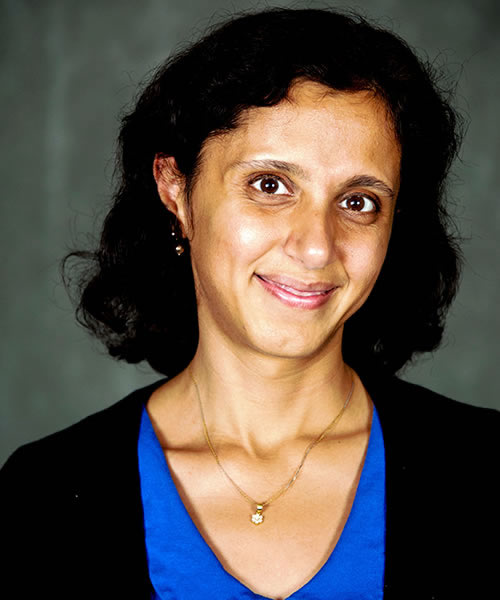This is a guest post by Shareen Joshi, Visiting Professor of International Development at Georgetown University. It is a part of the Faith, Gender, and Development research of the Religion and Global Development Program at the Berkley Center.
Interactions between religion, the status of women, and fertility rates are the subject of intense academic, economic and political debate in South Asia. They are typically influenced by two observations: First, significant differences in rules and accepted marriage mark practices across religious groups in this region; Hindus and Muslims for example, differ in their views of the acceptability of polygyny, the prevalence of dowry, the preferences for marriage to a first- or second-cousin, and the opportunities for a woman to divorce and remarry. The differences in these systems of marriage and household structure have often led to contentious social, political and religious debates about morality, the role of women, and the role of the family in economic development in South Asia.
A second observation is that total fertility rates and sex-ratios of surviving children vary sharply between religious groups. In India, Muslim women on average have 35 percent higher fertility than Hindu women (ORC Macro International). Muslims display significantly lower infant mortality than Hindus and have a sex-ratio of surviving children that is close to unity. The observations of sex-ratios are significant since India is one of the few countries where the overall femalemale sex ratio is below unity and as many as 35 million women are currently regarded as “missing” because of excess female mortality at all ages.
Three scholars (Shareen Joshi of Georgetown University, Sriya Iyer from Cambridge University, and Toan Do, the World Bank) are using economic frameworks to advance our understanding of these issues, and the relationships between them. They use a theoretical model together with data from rural South Asia to show that differences in the practices of dowry and cousin-marriage, for example, may not be solely a consequence of religion, culture, or preferences of a community at all. Rather, both these practices may emerge in response to economic incentives and marriage market “failures” in rural areas. Families may need to pay dowries to make binding commitments to future transfers of wealth at the time of marriage. When families can not afford to pay significant dowries, marriage within the community, particularly marriage to a firstor second-cousin, may be a viable alternative.
Another focus is the rather paradoxical observation that even though fertility among Muslims is considerably higher than Hindus, infant mortality is considerably lower, and the sex-ratio of their surviving children is close to unity. Their current hypothesis for this paradox is that Hindus and Muslims face very different costs of having sons and daughters. Among Muslims, the absence of dowries, acceptability of widow remarriage and divorce, and provision of inheritance rights to women combine to lower the costs of having a daughter and also ensure that investments made in daughters are more “recoverable” than among Hindus. Since daughters may be more welcome in Muslim than in Hindu families, and may also receive better treatment, Muslims may have larger families with more daughters than their Hindu counterparts.
The research highlights why debates on differences of marriage practices and fertility patterns should pay careful attention to the economic costs and benefits that underlie family decision-making.

